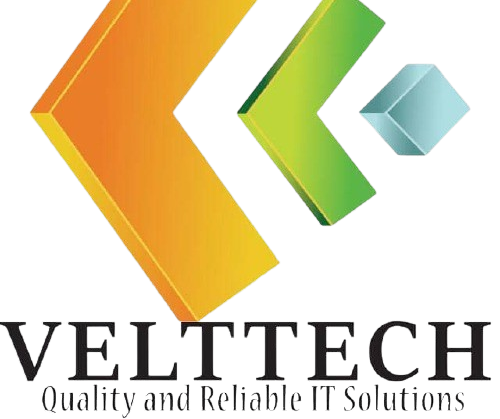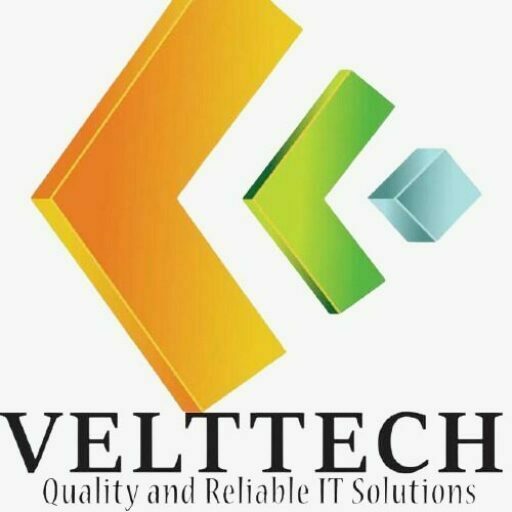While it can bring strategic benefits, it also reduces equity on the balance sheet. Retained earnings play a vital role in stockholders’ equity, reflecting how well a company manages its profits. Retained earnings are the portion of a company’s profits that aren’t paid out as dividends but are reinvested back into the business. Over time, these retained funds can grow, contributing to the company’s overall equity.
Shareholders’ equity provides investors a glimpse into the financial health of a company. Typically, the higher or more positive a company’s shareholders’ equity is, the more flexibility or financial cushion it has to absorb losses or pay off debt. Profits made by a company that are not paid out as dividends to stockholders (shareholders) but rather are set aside for reinvestment in the company are known as retained earnings (RE). Working capital, the purchase of fixed assets, or debt repayment are just a few uses for retained earnings. At the end of a financial year, a company recorded total assets worth Sh.
Create a free account to unlock this Template
This situation, known as negative equity, may signal financial distress or insolvency, indicating that the company might struggle to meet its obligations without additional financing or restructuring. For investors, stockholders’ equity is a window into a company’s financial position. Investors also use equity to compare companies within the same industry, identifying which ones offer the best value. Stockholders’ equity, also called shareholders’ equity, represents the owners’ claim on a company’s assets after liabilities are settled. In other words, it’s what’s left for shareholders if the company sold all its assets and paid off all its debts. Shareholder equity (SE), also known as shareholders’ equity, stockholders’ equity, or owners’ equity, represents the residual value of a company’s assets after subtracting all its liabilities.
The amount of paid-in capital from an investor is a factor in determining his/her ownership percentage. With negative-amortizing loans — a loan with monthly payments less than the interest rates — your equity decreases over time as your owed balance increases. Home equity also fluctuates depending on current market conditions, such as if your home’s value decreases. Shareholders’ equity is similar to the equity you have in your home. When you subtract the mortgage from the value of the house, that’s your equity.
Based on the information, calculate the Shareholder’s equity of the company. If this figure is positive, the company has sufficient assets to cover its liabilities. If this figure is negative, its liabilities exceed its assets; this can deter investors who view such companies as risky. Shareholders’ equity isn’t the sole indicator of a company’s financial health, however.
- You can see the shareholder’s equity line on the balance sheet completed in the example screenshot of a financial model that is shown below.
- Conceptually, stockholders’ equity is useful as a means of judging the funds retained within a business.
- When reviewing financial statements, information from shareholders equity is quite helpful.
- Share capital, retained earnings, and treasury shares are all reported in the shareholders’ equity section of a balance sheet.
To assess a company’s value, another investor can look at elements of shareholders’ equity such retained earnings. Companies can leverage strong equity to secure loans, fund new projects, or weather financial downturns. Low or negative equity, however, may signal the need for operational changes or restructuring. In short, there are several ways to calculate stockholders’ equity (all of which yield the same result), but the outcome may not be of particular value to the shareholder. Treasury stock is not an asset, it’s a contra-stockholders’ equity account, that is to say it is deducted from stockholders’ equity. The fact that retained earnings haven’t been distributed doesn’t mean they’re necessarily still available to be distributed.
Foreclosure can damage your credit score, so you may want to consider a short sale if this is the case. However, your lender will need to agree to a short sale so it’s best to speak with them as soon as you can. The final calculation you need to know if you’re interested in your home equity and want to borrow against it is the combined loan-to-value ratio (CLTV). The CLTV is a comparison between your home’s value against your current loan amount and any loans you’re seeking.
The above given is the data for calculating the Shareholder’s equity of company PRQ Ltd. Here, we’ll assume $25,000 in new equity was raised from issuing 1,000 shares at $25.00 per share, but at a par value of $1.00. In recent years, more companies have been increasingly inclined to participate in share buyback programs, rather than issuing dividends. In contrast, early-stage companies with a significant number of promising growth opportunities are far more likely to keep the cash (i.e. for reinvestments). If you’re still paying PMI, then it can impact your ability to pay it off.
If it’s not directly available, you might find it in the notes of the financial statements. If a company’s shareholder equity remains negative, it is considered to be balance sheet insolvency. If it’s positive, the company has enough assets to cover its liabilities. Current assets include cash and anything that can be converted to cash within a year, such as accounts receivable and inventory.
This provides more stable and predictable income, making preferred stocks attractive to investors focused on regular payouts. Investors and analysts look to several different ratios to determine the how to calculate stockholders equity financial company. This shows how well management uses the equity from company investors to earn a profit. Part of the ROE ratio is the stockholders’ equity, which is the total amount of a company’s total assets and liabilities that appear on its balance sheet. Also known as stockholders’ equity or owners’ equity, shareholders’ equity boils down to the total value of a company after it pays off all of its debts.
Understanding Shareholders’ Equity
Businesses have assets (resources owned or operated by the company that add to its economic value) and liabilities (debts or obligations that detract from its economic value). Shareholders’ equity indicates the money that would belong to the company’s owners and shareholders after it sold all of its assets and took care of all its liabilities. Bondholders come first in the payment and liquidation hierarchy, followed by preferred shareholders and then common shareholders. The debt-to-equity ratio, or D/E ratio, is determined by dividing the total liabilities of the business by the equity held by shareholders.
What Is Shareholder Equity (SE) and How Is It Calculated?
The dividends are the third factor that has an impact on shareholders equity on the balance sheet. Treasury stock refers to shares a company has repurchased from investors. These shares are no longer outstanding and don’t count toward earnings per share calculations. Companies buy back their stock for various reasons, like boosting share prices or consolidating ownership.
- Adam Hayes, Ph.D., CFA, is a financial writer with 15+ years Wall Street experience as a derivatives trader.
- The bottom line is that SE represents the remaining value of a company’s assets after subtracting all its liabilities.
- These assets should have been held by the business for at least a year.
- If this figure is negative, its liabilities exceed its assets; this can deter investors who view such companies as risky.
Shareholders’ equity includes preferred stock, common stock, retained earnings, and accumulated other comprehensive income. Since repurchased shares can no longer trade in the markets, treasury stock must be deducted from shareholders’ equity. If we rearrange the balance sheet equation, we’re left with the shareholders’ equity formula. An alternative calculation of company equity is the value of share capital and retained earnings less the value of treasury shares. These earnings, reported as part of the income statement, accumulate and grow larger over time.
How Treasury Stock Reduces Equity
Whether you’re evaluating a company’s growth or planning your next investment, stockholders’ equity offers invaluable insights into long-term success. Shareholder equity (SE) is a company’s net worth and it is equal to the total dollar amount that would be returned to the shareholders if the company must be liquidated and all its debts are paid off. Thus, shareholder equity is equal to a company’s total assets minus its total liabilities. The shareholders’ equity is the remaining amount of assets available to shareholders after the debts and other liabilities have been paid. The stockholders’ equity subtotal is located in the bottom half of the balance sheet.
What is the difference between stockholders’ equity and net worth?
If this figure is negative, it may indicate an oncoming bankruptcy for that business, particularly if there exists a large debt liability as well. Commonly called HELOC, a home equity line of credit, allows you to withdraw funds on an as-needed basis for a designated period of time (known as a draw period). Draw periods typically last between 5 to 25 years, with the repayment period beginning as soon as it ends. This means you only repay what you borrow, including interest on that amount. The next step after you’ve determined your home equity is to calculate how much you can borrow from it. While you can’t borrow the total amount, most lenders allow you to borrow up to 80% of your home’s value.
Everything to Run Your Business
APIC is created when a company issues new shares, either during an initial public offering (IPO) or in subsequent offerings. Aside from stock (common, preferred, and treasury) components, the SE statement includes retained earnings, unrealized gains and losses, and contributed (additional paid-up) capital. Positive shareholder equity means the company has enough assets to cover its liabilities.


No responses yet